The Complete Elliott Wave Writings of A. Hamilton Bolton
$18.47
| Author(s) | |
|---|---|
| Format |
|
| Pages |
418 |
| Publication Year |
1994 |
The Complete Elliott Wave Writings of A. Hamilton Bolton gives you Bolton’s book The Elliott Wave Principle — A Critical Appraisal, all of Bolton’s annual Elliott Wave Supplements for The Bank Credit Analyst 1953-1966, personal letters, articles and rare photos, plus a biography of Bolton written by A.J. Frost.
Introduction:
Arthur Hamilton Bolton’s main publication was his monthly advisory service, The Bank Credit Analyst, which was published by his firm, Bolton, Tremblay & Co., at an annual subscription rate of $50. Bolton was a pioneer in the study of the relationship between bank credit availability and stock market trends. His thesis was set forth most completely in the book, Money and Investment Profits, which was published by Dow-Jones Irwin in January 1967. Related pamphlets published through the years included “Introduction to Bank Credit Analysis,” “The Principles of Bank Credit Analysis,” “The Gold Problem,” “Deposit Velocity-A Speculative Indicator?” and “Inflation and Common Stocks.”
Bolton was a maverick intellectually. As he stated flatly in one letter, “I couldn’t care less about what the orthodox proponents of the status quo have to say.” It took that kind of independence to develop his bank credit theories as well as publicly to expound upon the Wave Principle. However, he was accessible as well, being clever enough to weave, as he put it, “the current ‘in’ thinking” into his exposition to allow the establishment to relax enough to give his work the serious consideration it deserved.
Another of Bolton’s strengths was his insistence upon intellectual rigor in analytical endeavor, which is evident throughout his writings. Bolton applied both his own theories on bank credit and Elliott’s concepts of market pattern with an equal measure of thoughtful analysis. A particularly forceful example of his meticulous approach is a series of personal letters he exchanged with an economist/author who had claimed a new insight into the nature and meaning of debt. Bolton dissected the theory over many pages, enumerating its flaws with a surgeon’s precision. The content of the Wave Principle was certainly subject to the same intense scrutiny from Bolton and not only survived it, but profoundly engaged his intellect.
Contents:
- How This Book Got Started
- Elliott’s Broad Concept
- What is the Wave Principle?
- From Simplicity to Complexity
- Wave Sequences
- Further Complexities
- Application to Stock Market:1857 to 1929
- The Stock Market, 1928 to 1932
- Elliott and Cycle Theories
- Aftermath of the Great Depression
- The Postwar Stock Market
- Characteristics Since 1949
- Is “Elliott” an Exact Science?
- Bank Credit and the Wave Theory The 100 Year Chart
- Is “Elliott” Applicable to Individual Stocks?
- Elliott: Fact or Fancy?
The Complete Elliott Wave Writings of A. Hamilton Bolton By Robert R. Jr. Prechter pdf
4 reviews for The Complete Elliott Wave Writings of A. Hamilton Bolton
Clear filtersOnly logged in customers who have purchased this product may leave a review.



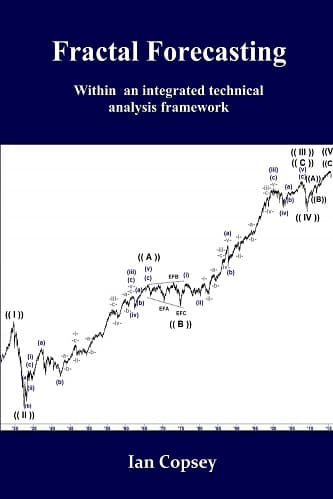


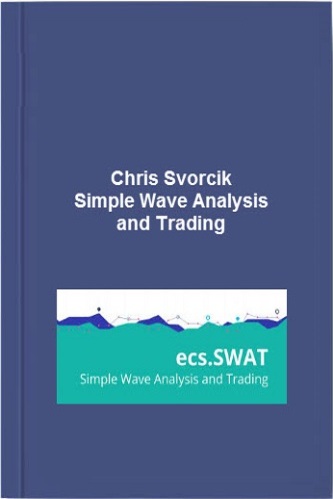
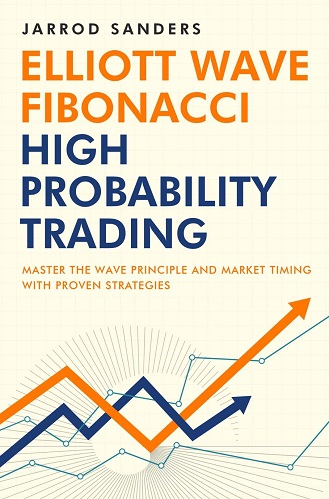
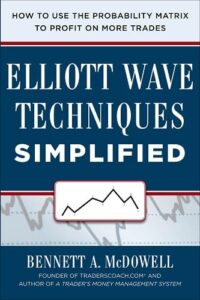
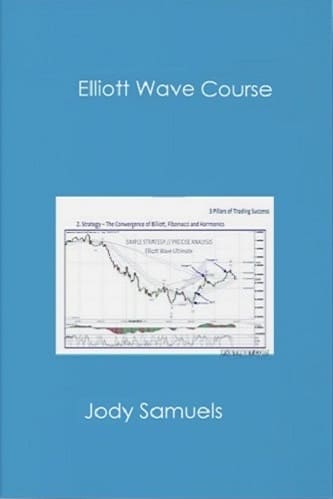
Briana Massey (verified owner) –
Very very interesting read if you are curious about Elliott Wave theory.
It’s very good because you can actually read how each years thoughts by A.Hamilton actually played out in the following years and see just how accurate he managed to be (very).
I thoroughly enjoyed this book and through it managed to place where the stock market is currently within the bigger picture so for me it helped to clarify how the theory works.
I would also recommend ‘Reminiscences of a stock operator’, this book is also a rare gem written many years ago but very valid today because people still act in the same ways as they always did!
Rowen Fletcher (verified owner) –
This really is a great book. Neely did a great job of breaking down the wave theory into a series of clear rules.
Donald Berry (verified owner) –
This is one of the 2 books that fills in all the details of Elliott Wave research and history in the time period between Elliott himself and today’s Robert Prechter. The other book is the Elliott Wave Writings of A.J. Frost and Richard Russell.
In short, this book is a very necessary addition to any serious student of Elliott and Socionomics. It takes you through the history of great market calls as well as providing insight into how the knowledge of Elliott Wave has gotten to be where it is today.
Annabelle Pratt (verified owner) –
Very good